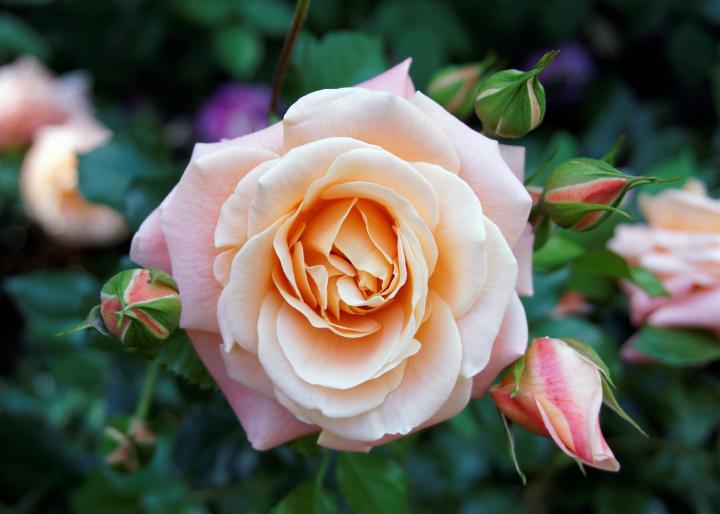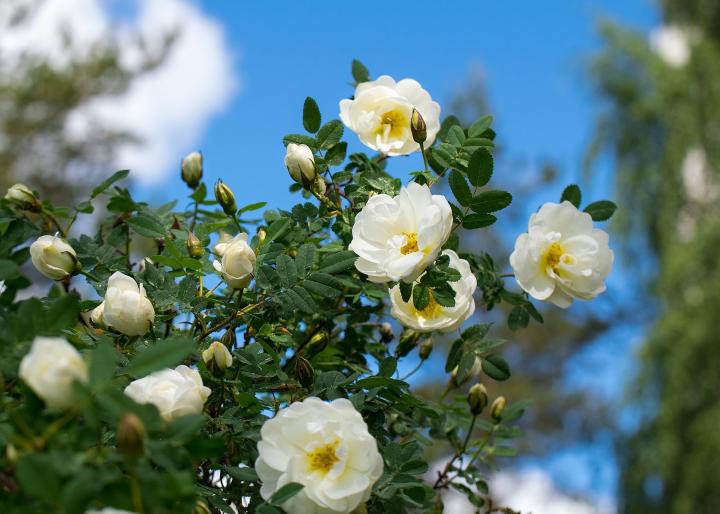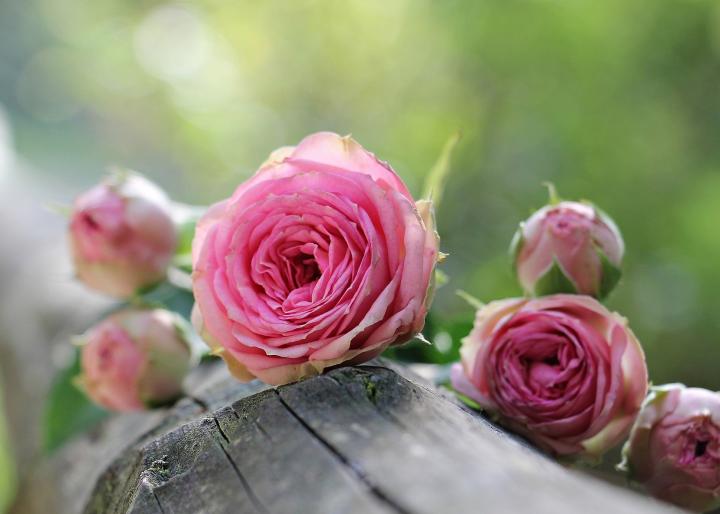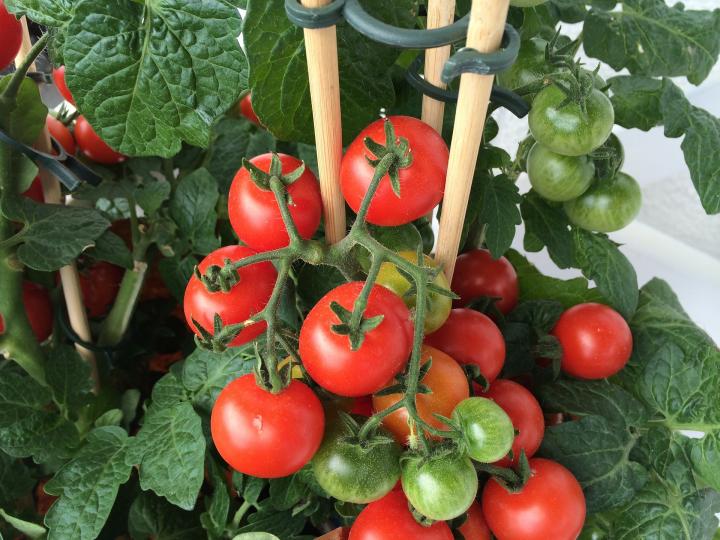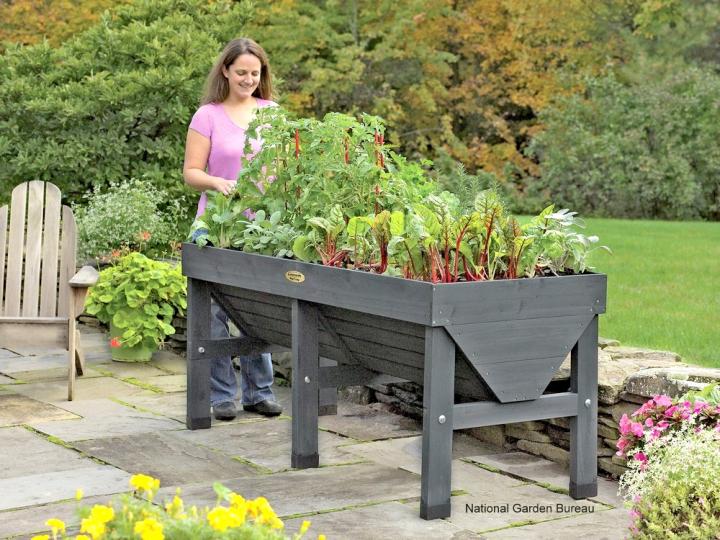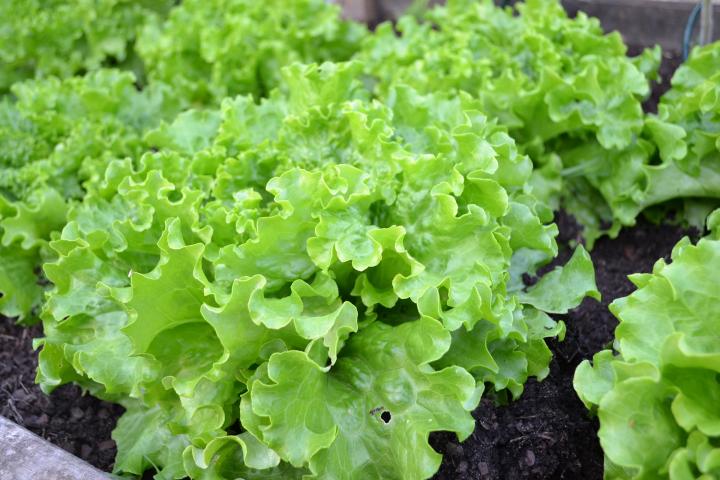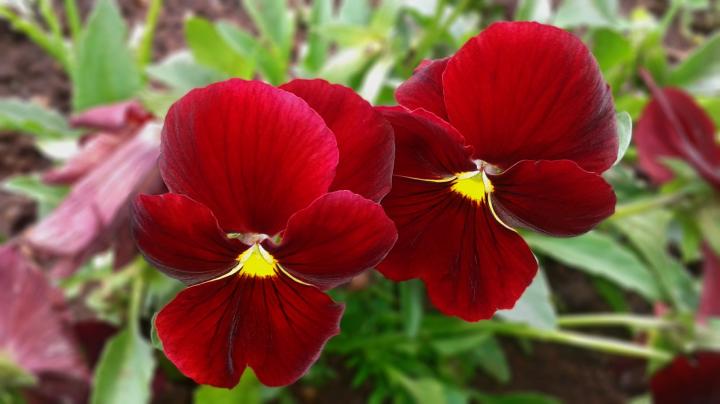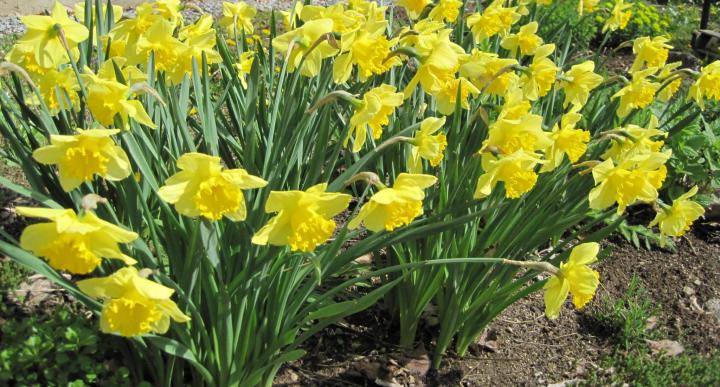Gardens, Green houses, outdoor spaces, houseplants are all healing. We need the botanical benefits and essentials in our lives.
Because we so deeply believe and see the necessity of Landscape design, outdoor spaces, and gardening, SAGE DESIGN is expanding this season and focusing on an area of design we have been involved with for several seasons. This year, we are fine tuning our landscape design and encourage you to reach out for your landscape design needs ! We would be glad to assist you in planning beautiful landscape design, Garden sheds, or patios for your property.
This week we are focusing on various aspects of landscape design and garden structures to give you inspiration, give you a pick-me-up from the cold winter days, and to accommodate your gardening needs. Though it maybe snowing today, spring is truly just around the corner. There is no better time than now to fix a cup of tea, polish up your gardening tools, start some seeds indoors, visit your local greenhouse (especially on the cold and snowy days!) and plan the layout of your gardens.
Be inspired and encouraged! Before you know it , you will be caught up in the Spring days, creating beautiful gardens outdoors. The garden is a true place of relaxation, connection to the earth, and well-being. Gardens and outdoor patios are the most beautiful spaces to find relaxation and to share drinks, food, conversation with friends and loved ones. It is our hope that this season you can find joy and beauty in your garden or outdoor patio, whether that be container gardens, window boxes, perennial gardens, or vegetable gardens.
Today’s focus is on one of my absolute favorite perennials: LAVENDER
Lavender has the most beautiful and calming scent, can be used in both bath products and culinary delights. Lavender also creates a beautiful flower. It is a simple, hardy beauty. Lavender was one of the staple flowers in my wedding last May. For this reason, it holds a very special place in my heart. It reminds me of one of the most beautiful days of my life. I am so excited to cultivate and grow more lavender at our home. Below are some tips I have learned from a fellow lavender expert. Please join me as I start my lavender plants indoors .…
THE MANY CHARACTERISTICS OF LAVENDER:
“Lavender is resistant to rabbit, squirrel, and deer damage. Animals don’t like the strong scent that comes not just from the flowers, but the leaves as well. Lavender flowers and leaves can be used in the kitchen, in the apothecary, in crafts, and in aromatherapy. It is also bug repellant but it attracts butterflies and bees, offering nectar to foraging beneficial insects.
While none of the lavenders are toxic, if you are looking for a lavender to use in the kitchen, those with less camphor in their essential oil, are a better choice. The English lavenders have a sweeter fragrance and are more suitable for culinary use.
If you are looking for lavenders to use in sachets those with more camphor in their essential oil, will be more appropriate. These are the lavenders from the Lavandin group or the French lavender group. Those of the Lavandin group are the lavenders that are most in demand for essential oil production. The French lavender group has high camphor, considered undesirable in essential oil production. But you won’t need to worry about that since none of the French lavenders are hardy to zone 3 or 4.
Which varieties can be grown successfully in zones 3 and 4?
In zone 3 and 4, planting these 4 varieties in the border of your vegetable garden will attract butterflies and bees, while repelling varmints that you don’t want feeding in your garden. Plant “Phenomenal” at the back of the border, with Munstead and Superblue in the middle and Hidcote at the front, to take advantage of the various heights from these fragrant plants. With lavender in zone 3 or 4, you don’t have to take just one.
Phenomenal Lavender
Lavandula x intermedia ‘Phenomenal’
Phenomenal is a hybrid introduction to the hardy lavender class, from the lavandin group. It is hardy from zone 4 to 8, as other hardy lavenders but it has the best traits of both French and English lavenders. It grows 24 to 34 inches tall, much taller than Munstead or Hidcote. It has the long flower spikes typical of hybrid lavenders with hundreds of flowers per stem. Its long stem makes it suitable for many lavender crafts that won’t work with the shorter Munstead or Hidcote varieties.
Phenomenal has silver foliage and lavender-blue flowers with a mounding habit typical of French Lavenders. It also has one of the highest essential oil contents of any lavender variety. It does well in hot, humid summers while still being hardy in winter conditions. If you are trying to recreate the French lavender fields on your homestead, this is the variety you want. It is an excellent choice for ornamental use in gardens, for fragrance, for fresh and dried arrangements, and for essential oil production. Phenomenal was featured in the March/April 2014 issue of Fine Gardening Magazine. Better Homes and Gardens named it a “Must Grow Perennial.”
Phenomenal doesn’t die back in winter. Give it some protection if you lack reliable snow cover, in zone 3.
Superblue Lavender
(Lavandula angustifolia “Superblue”)
Superblue is a patented English Lavender from Holland (US PP#24929). It is hardy in zones 4 to 9 and can overwinter in zone 3 with protection. Superblue has deep violet-blue flowers with a compact mounding habit. Superblue is hardy and adaptable to both dryland gardening and wetter conditions. It grows 10 to 24 inches in height. Superblue is not available as seed.
How to grow lavender
Lavender thrives with lots of light and good air circulation. Choose a well-drained site in full sun. Check your watering patterns and don’t place lavender where it will get the irrigation from your vegetable garden. While the vegetables need a full 2 inches of water each week, lavender thrives in drier habitat and is one of these Mediterranean plants that thrive on neglect.
Prepare the soil by tilling to a depth of 6 to 8 inches. Work in some finished compost and add some potash for flower growth and root development. Work the fertilizer into the soil, or let the rain soak it in. Start your plants in pots in April, for planting out when all danger of frost is past. Plant where there is good air circulation, especially if summers are humid where you live. Lavender needs good drainage and good air circulation. Do not over-water, and allow the soil to dry before watering again.
Space Phenomenal plants 36 inches apart. Munstead and Superblue plants should be spaced 18 inches apart.
In winter, prune back the season’s new growth by 2/3rds of the stem length. Don’t cut into old wood. If you don’t have reliable snow cover, cover the plants with straw or dry leaves and cover with burlap, to protect from drying winds and harsh weather. In Spring, remove the straw and burlap to allow air circulation, and to take advantage of the early warmth.
Don’t think you have to avoid growing lavender just because you live in an area of harsh winters or a shorter growing season. Choosing varieties suitable to your hardiness zone, and giving them full sun and a well-drained placement and you’ll be harvesting fragrant lavender for cooking, for tea, for your herbal remedies, and for crafts in a few months.”
https://joybileefarm.com/how-to-grow-lavender/























